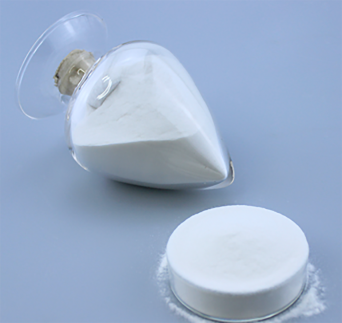
Dez . 28, 2024 17:39 Back to list
hydroxypropyl methyl cellulose side effects
Hydroxypropyl Methyl Cellulose Understanding Its Side Effects
Hydroxypropyl methyl cellulose (HPMC) is a versatile, non-ionic cellulose ether widely used in various industries, particularly in food, pharmaceuticals, and cosmetics. Its unique properties, such as thickening, emulsifying, and film-forming capabilities, make it a valuable ingredient. However, as with any substance, it is essential to be aware of potential side effects associated with HPMC.
What is Hydroxypropyl Methyl Cellulose?
HPMC is derived from cellulose, a natural polymer found in the cell walls of plants. Through a series of chemical modifications, cellulose is converted into HPMC, allowing it to dissolve in water and form viscous solutions. Its utility is evident in products ranging from instant noodles and sauces to gel capsules and various cosmetic formulations.
Common Uses of HPMC
1. Food Industry HPMC acts as a thickener, stabilizer, and emulsifier, enhancing texture and shelf-life. 2. Pharmaceuticals It is crucial in the production of controlled-release medications and as a binder in tablets. 3. Cosmetics HPMC is often found in lotions, creams, and hair products for its thickening properties. 4. Construction In the construction industry, HPMC is used in cement mixtures and dry-mix mortars for its water retention and workability.
Potential Side Effects of HPMC
While HPMC is generally recognized as safe (GRAS) by the FDA when used in food applications, some individuals may experience side effects, especially when consuming large quantities or if they have specific sensitivities
. Here are a few potential side effects related to the use of hydroxypropyl methyl cellulosehydroxypropyl methyl cellulose side effects

1. Gastrointestinal Issues Some people may experience digestive discomfort after consuming HPMC. Symptoms can include bloating, gas, or diarrhea, particularly when HPMC is consumed in excessive amounts. Its use as a laxative can also lead to gastrointestinal upset in sensitive individuals.
2. Allergic Reactions Though rare, some individuals may have allergic reactions to HPMC. Symptoms can manifest as skin rashes, itching, or swelling. People with a known allergy to cellulose or cellulose derivatives should exercise caution and consult a healthcare professional.
3. Impact on Nutrient Absorption There is some concern that the thickening properties of HPMC may affect the absorption of certain nutrients in the gastrointestinal tract. This can be particularly relevant in individuals who rely on HPMC-containing products for significant portions of their daily intake.
4. Interactions with Medications HPMC may interact with certain medications, particularly those that require an acidic environment for absorption. Individuals taking such medications should consult with a healthcare provider to ensure that HPMC does not hinder their medication's effectiveness.
5. Dryness and Irritation In topical applications, HPMC can cause skin dryness or irritation in some individuals, particularly if they have sensitive skin. It is advisable to perform a patch test when using new cosmetic products containing HPMC.
Conclusion
Hydroxypropyl methyl cellulose is a widely used ingredient with numerous benefits in various applications, from food to pharmaceuticals. While it is largely considered safe, individuals should remain vigilant about potential side effects, especially those with pre-existing conditions or sensitivities. Before introducing new HPMC-containing products into one’s diet or skincare routine, consulting with a healthcare professional can provide reassurance and guidance tailored to individual health needs.
In summary, while HPMC is beneficial, awareness of its potential side effects is essential for ensuring optimal health and well-being. Understanding how this substance interacts with your body, especially in the context of specific dietary or health conditions, can lead to safer and more effective use of products containing this versatile ingredient.
-
Versatile Hpmc Uses in Different Industries
NewsJun.19,2025
-
Redispersible Powder's Role in Enhancing Durability of Construction Products
NewsJun.19,2025
-
Hydroxyethyl Cellulose Applications Driving Green Industrial Processes
NewsJun.19,2025
-
Exploring Different Redispersible Polymer Powder
NewsJun.19,2025
-
Choosing the Right Mortar Bonding Agent
NewsJun.19,2025
-
Applications and Significance of China Hpmc in Modern Industries
NewsJun.19,2025







